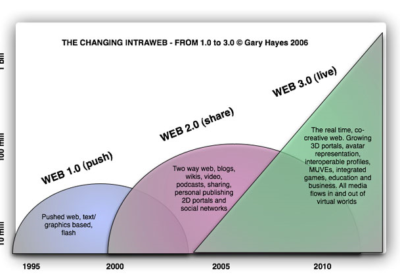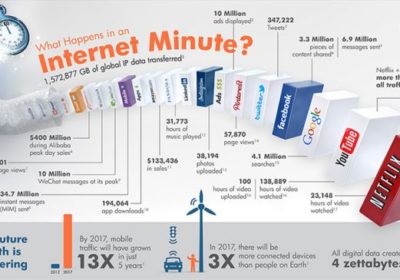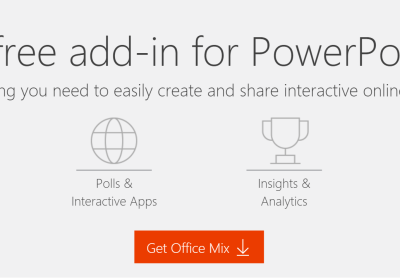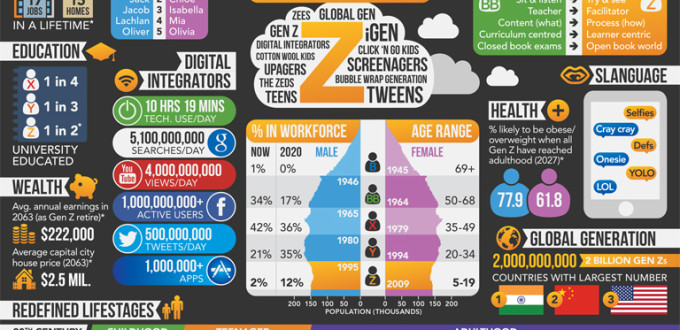How will these characteristics define their engagement in the (exaggerated but amazingly relevant today) traditional classroom depicted in the video snippet below?
“• Enhanced maturity and control
• Eagerness to work
• Social entrepreneurs – change the world
• Technology users
• Question traditional choices
• Value inclusiveness and differentiation – greater diversity is the norm
• Blurred gender roles
• Entrepreneurial
• Seek knowledge – but not necessarily in school
• Social media is a research tool
• Multi-task and spatial thinkers
• Communicate with speed, and images
• Global collaborators and awareness
• Co-creators ”
To learn, think and analyse, students need to become engaged in the lesson being offered. To become engaged, they first need to become intrigued by what is offered. This will then provide an environment that will lead to responsive learning.
Once intrigued, students engage, once engaged, students become inspired, once inspired students can really begin their learning journey.
E-learning is a term that is multifaceted.

Generation Z, people who are under 19 now, are displaying having more influence in the world than even the Millennials have. They influence household purchases, have a disposable income of $16.90 per week in allowances, love to shop (especially online), are eager to start working and are determined to “make a difference” and “make an impact” (Ratinecas, 2014).
So how can we use this information to deliver lessons to Generation Z that will help them when they become the leaders of tomorrow?
I am lucky in this program because I have a member of generation Z living under my roof. Every day I ask her to teach me something that she learned at school that day. It can be one thing, it can be more than one thing, but every day when she comes home from school I ask the same question; “what did you learn today?”
When she tells me, I then ask her questions about the subject so that I can either:
- a) Learn about it myself because it may be new information,
- b) test her knowledge on the subject and maybe add more to further enhance her knowledge.
And if we are both not sure on something, we Google it.
As a teacher I would like to bring this philosophy into the class room. When I introduce a subject, before I prattle on about it, I would like to ask the students, “Who knows anything about _____?” Then have at least a five minute discussion about what everyone thinks it might be, and then use that as the launching pad into the day’s topic.
How would you define digital literacy?
Digital literacy is using a website, digital fluency (at the extreme end) is building a website.
Is this level of creativity in evidence in the schools you have attended, both as a student, and as a pre-service teacher? Furthermore, is this level of creativity in evidence in your University courses? What do you think the implications are of a curriculum that is linear, progressive, aimed at a single learning outcome for the development of both individuals and the society we live in?Short answer, No. Long answer, I am not sure how it can be?
Yes, creativity promotes deeper learning and understanding and this is then reflected when students submit papers. However, papers must still basically reflect the learning because if not, how can the student’s knowledge be measured?
EXAMPLE: We have to learn how to create a lesson plan. If we produce anything other than a lesson plan using the strict guidelines set down by both the school and the curriculum, we will not pass.
Yes, we are encouraged to think outside the box and deliver lessons in an engaging way, however, always remembering the firm parameters that are already pre-determined.
Is this a negative thing? No, I do not think it is. Using methods that are tried and tested holds value.
To work within the confines of these restrictions and stand out as the teacher who made a difference will have to come down to my attitude towards my students.

Will I demonstrate the attitude of a teacher who provides students with the tools they will need? Or will I demonstrate the attitude of a teacher who says, “You are too short, don’t bother…”
My Personal Reflection
My personal Reflection was written as the introduction on this Blog. If you would like to read it please click here.
REFERENCES
Ratinecas, P. (2014). www.slideshare.net. Retrieved March 5, 2016, from http://www.slideshare.net/ratinecas/meet-generation-z-forget-everything-you-learned-about-millennials-produced-by-sparks-honeyusa-new-york
Shea, J., & Stockford, A. (2015). Insporing The Secondary Curriculum with Technology (1st ed.). Abingdon Oxon: routledge.





